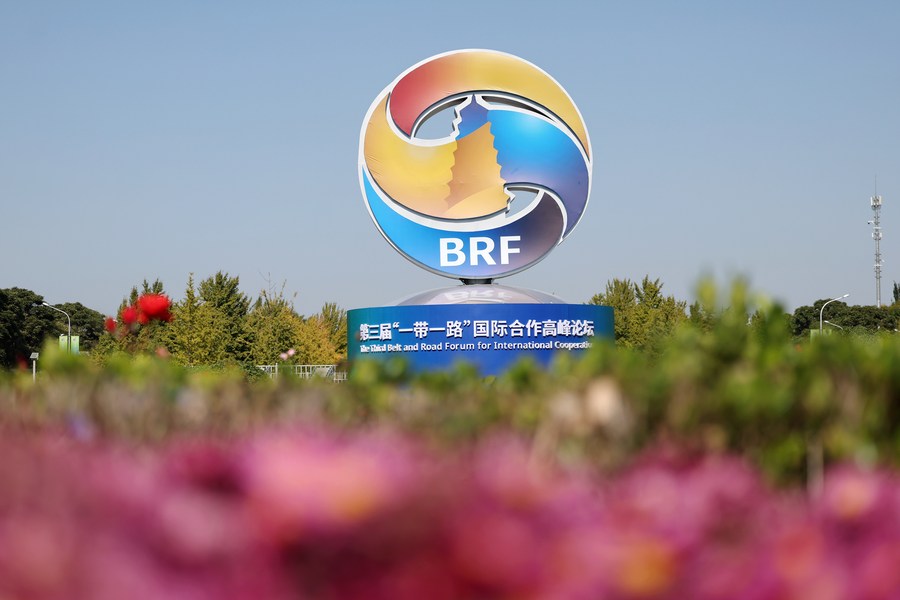
In the realm of global development aid and financing, the emergence of the China-proposed Belt and Road Initiative has brought about significant changes, reshaping traditional practices and principles. The Belt and Road Initiative's expansive scale and rapid implementation have not only stimulated China's sustained approach to fostering economic growth in developing countries, particularly through infrastructure development, but also prompted a re-evaluation of strategies by Western economies toward a more pragmatic direction.
The assimilation of Chinese and Western practices in development financing signifies a pivotal shift that is poised to cause substantial changes among developing countries and a myriad of stakeholders, encompassing sovereign entities and commercial players alike.
READ MORE: Xi to attend China-Arab meeting
As we delve into the nuances of this evolving landscape, we can see that key organizations such as the Development Assistance Committee of the Organisation for Economic Co-operation and Development have played a crucial role in shaping the norms and recommendations governing the terms and conditions for aid.
The DAC's emphasis on "untiedness" as articulated in the "Revised DAC Recommendation on Terms and Conditions of Aid (1978)" and the"2001 DAC Recommendation on Untying ODA to the Least Developed Countries" underscores the importance of separating aid provisions from execution, particularly by the business units of donor countries. This departure from previous practices where aid was associated with exports and specific conditions has been instrumental in fostering a more transparent and efficient aid framework.
Even before the Belt and Road Initiative was proposed in 2013, China had been implementing its unique practices in overseas projects, such as the "Aid Contracting Nexus" and the "Trade-Aid-Investment Nexus". These approaches often involved tied and conditioned development financing, showcasing a blend of economic incentives and strategic interests.
In response to the changing dynamics, the Western economies have identified weaknesses in their existing practices. Western donors' tendency to be selective in choosing politically acceptable recipients has led to a shift in focus toward more reliable economies. The inefficiencies within the Western aid frameworks, as highlighted by scholars such as Erik Myxter-Iino, have underscored the need for a more streamlined and effective approach to development financing.
Also, initiatives such as the "Partnership for Global Infrastructure and Investment" proposed by the US to the other G7 member states in 2022 aim to address the infrastructure needs of developing countries through transformative projects. The PGII's focus on value, efficiency and transparency aligns with the broader goal of creating new opportunities for both workers and enterprises in the United States and its ally countries.
ALSO READ: Advancing a better world future
Similarly, the European Committee of the Region's "Global Gateway" initiative, announced in December 2021, underscores the importance of democratic values, high standards, good governance, transparency and green initiatives in infrastructure development. And through initiatives such as the Team Europe Initiatives, the European Union seeks to foster cooperation among member countries, financial institutions, civil society and partners in developing countries to drive sustainable development projects.
As we navigate this evolving landscape, it is imperative that stakeholders effectively collaborate to address the diverse needs of developing countries and promote sustainable development. The influence of Chinese practices, the evolving strategies of Western nations, and the emergence of collaborative initiatives signal a dynamic shift in the realm of development financing and aid. By embracing innovation, inclusivity and transparency, we can pave the way for a more equitable and prosperous future for all.
The author is a professor and researcher in the Department of Chinese Trade and Commerce, Sejong University, the Republic of Korea.
The views don’t necessarily reflect those of China Daily


